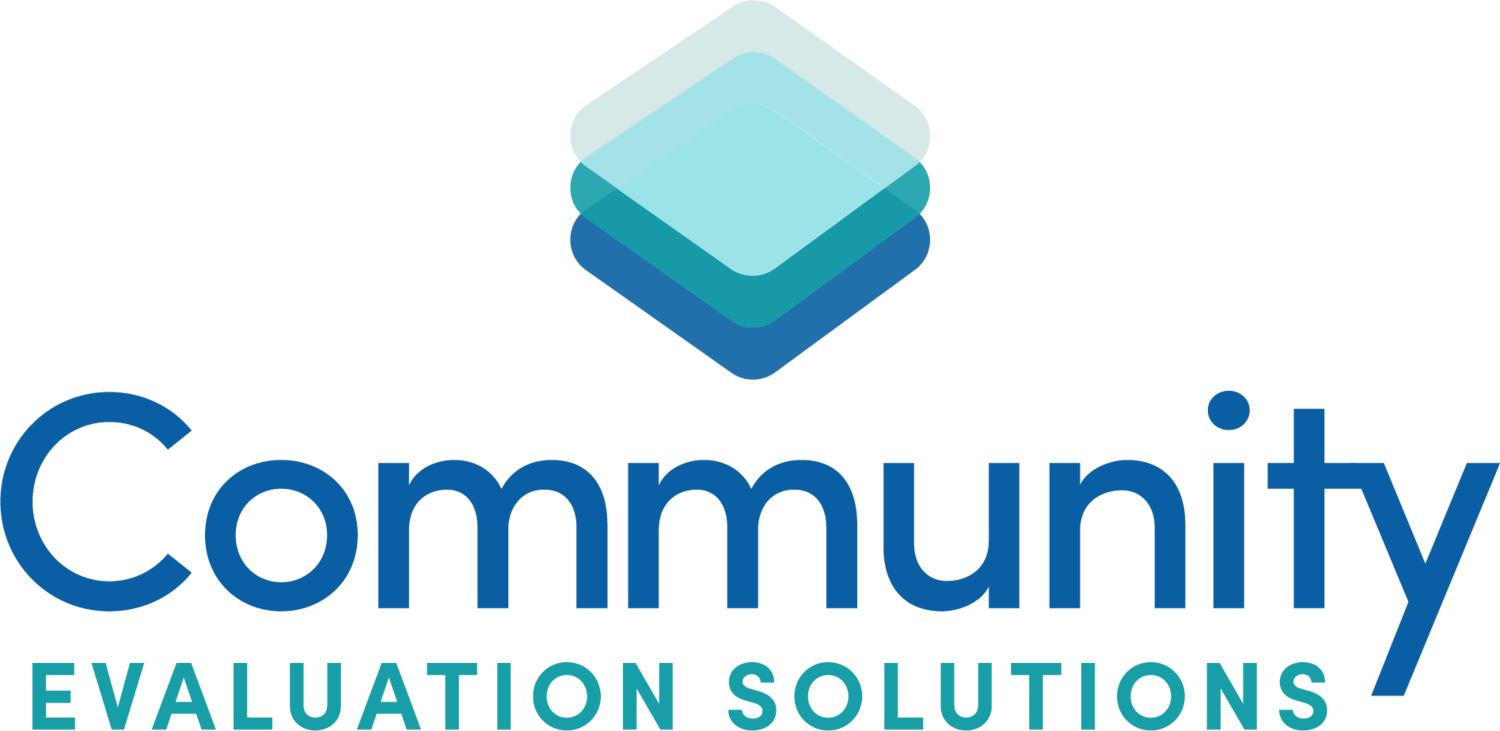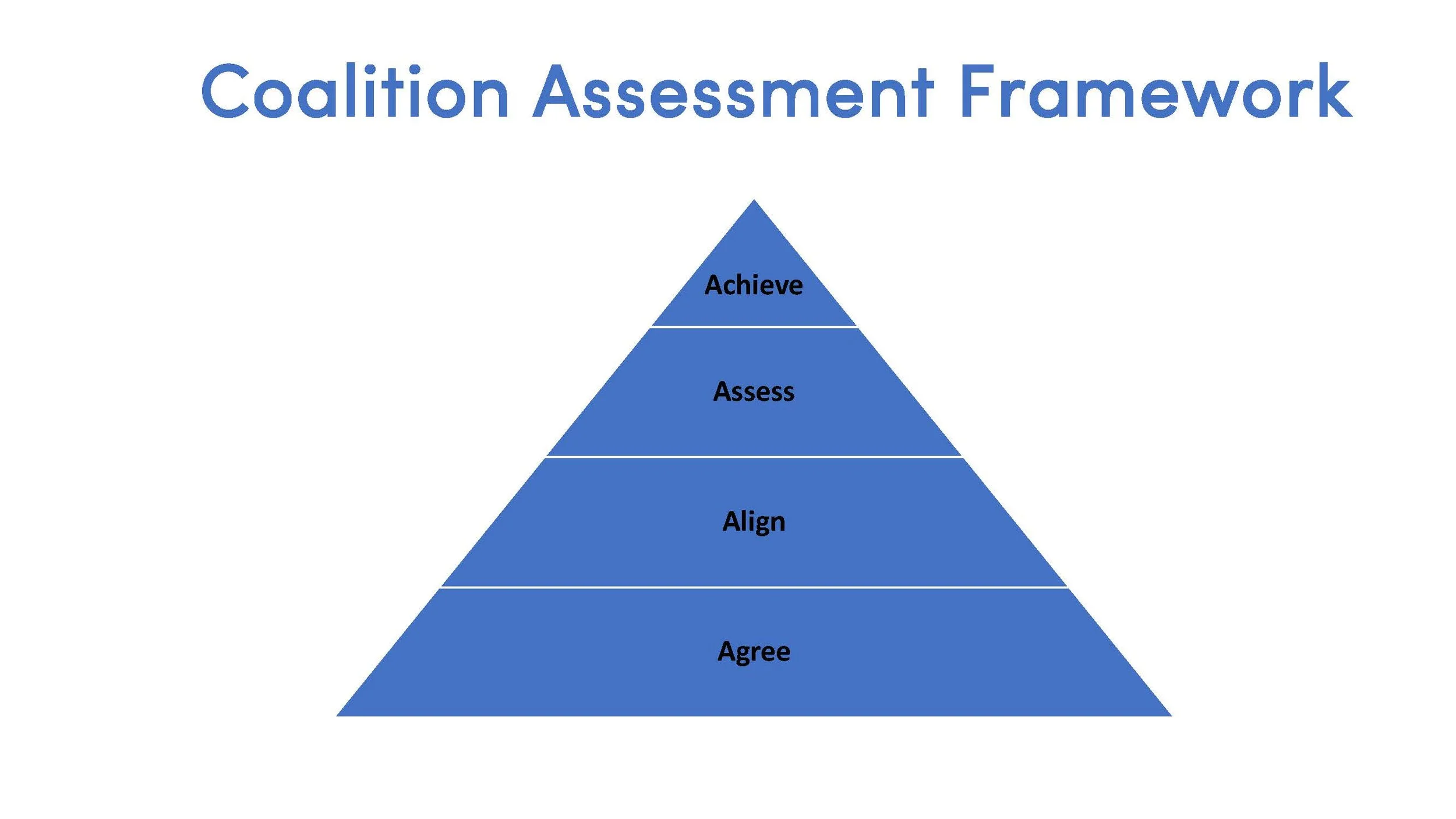Cultivating Collaboration: What is a Group Agreement?
Group Agreements
When my oldest was “crossing over” from Cub Scout to Webelos, he was required to camp overnight with a Webelos troop.
As luck would have it, the night was going to be the coldest of the winter and sleet was expected. Since my husband is NOT a camper, yours truly got the short straw. What happened later is a story for another day…………but anyway, the family was invited to the campfire dinner.
We walked up to the campsite to see a group of young boys starting the campfire. By lighting, I mean using copious amounts of lighter fluid and a fire that nearly touched the surrounding trees. For some reason, a scene from the Lord of the Flies came to my mind.
Apparently, it was an example of the practice of “Boy run, boy led” experiences of developing leadership.
In my opinion leadership must be taught.
The same goes for collaboration. If you expect your coalition or community-based organization to magically know how to collaborate, you might end up with an out-of-control bonfire.
Agree is the foundational step of my Coalition Framework and developing group agreements is a good first, right step in getting your coalition on a path that will set them up for productive collaboration.
Group agreements are the guidelines for group behavior and communication. Think of them as home base. When things start to go off the rails, you can return to them. Agreements help establish healthy boundaries and give the group structure and support when conversations become difficult. The group can return to them whenever it’s needed.
Developing the agreements would be a good activity for your group, ideally when you first convene. But if your coalition or group has been meeting for a while, it’s still a good exercise that will build your collaborative muscle.
Some agreements you might consider include:
· No crosstalk. We honor and respect all voices. We wait for people to finish their thoughts.
· We work within meetings. We limit “parking lot conversations.” We don’t gossip or complain outside the meeting.
· We speak from our own experience. We use “I” statements to express ourselves.
· We commit to the group. We do our best to attend and participate in meetings and come and leave on time.
· We are here for the good of the group. We put our own personal or organizational agenda aside.
· We honor other’s perspectives by honoring our own level of contribution.
· We recognize and work on our own biases.
To try this in your group start the brainstorming process by saying something like, “In order to have a healthy group that works together, I would like us to develop some group agreements to guide our work together. Who would like to suggest an agreement?” Write down the groups’ ideas on a flip chart or board (or white board online) where everyone can see them. Once you develop your agreements, poll the group for satisfaction with the list and ask if everyone can agree and commit to follow the agreements. Periodically ask the group how you are doing following the agreements and ask if any others are needed. If there are issues coming up in the group, help the group return to the agreements and discuss what is happening.
Have you tried developing group agreements? Have you found them helpful?
I would love to hear from you.
Have a great week-
P.S. Don’t miss the latest episode of Community Possibilities, Amy Ard of Motherhood Beyond Bars joined me. Oh my, so good! Let me know what you think.


